United States
Dueling technologies would harness atoms for faster spaceflight
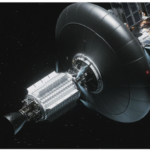
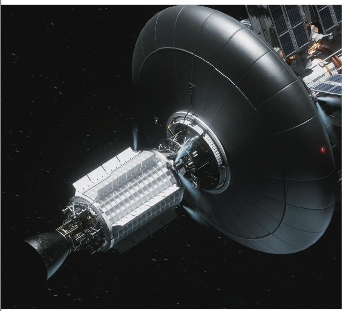
After decades of dormancy, the concept of spacecraft nuclear propulsion has returned to prominence. Projects from NASA and the Defense Advanced Research Projects Agency in partnership with the Department of Energy are looking to test the technology in space as soon as 2027.
Space-based research brings billions in value to medicine
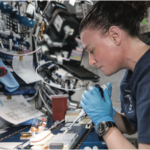
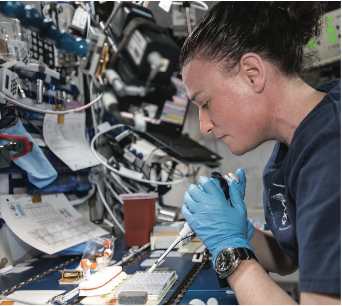
Every year, NASA turns $10 billion in research and development funding into roughly 1,000 technology reports and 100 new patents.
U.S. space industry employment and U.S. total employment relative to 2012
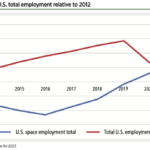
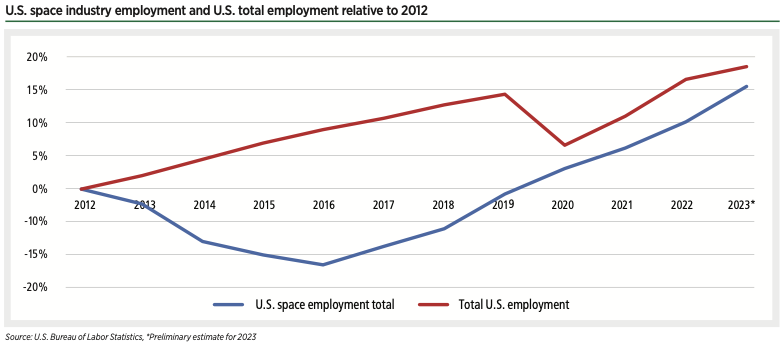
U.S. private sector space employment in five key sectors grew 4.8% from 2022 to 2023, continuing a trend of steady growth in the space industry since 2016.
INSIGHT: White House strategy key to future space workforce


It is the year 2044 and you have been assigned to help manage the extraction of rare earth elements (REEs) including neodymium, dysprosium, and europium from an approaching asteroid.
Proportion of governments that increased space spending, 2018-2023
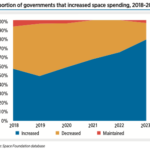
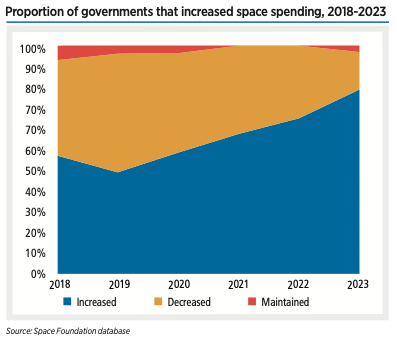
Preliminary data shows that 81% of governments with space programs increased spending in 2023.
Liftoff: Q1 2024 Highlights

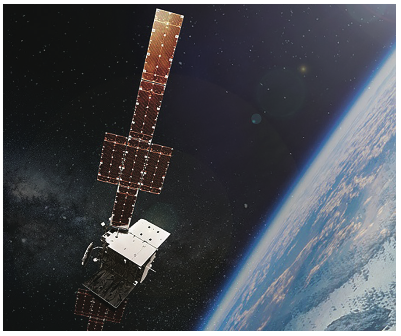
The space industry is advancing faster than ever before with continual progress in the government, military and private sectors. Here are noteworthy business highlights from this quarter.
Vandenberg customer mission share 2014–2023
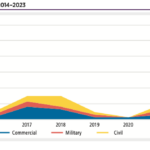
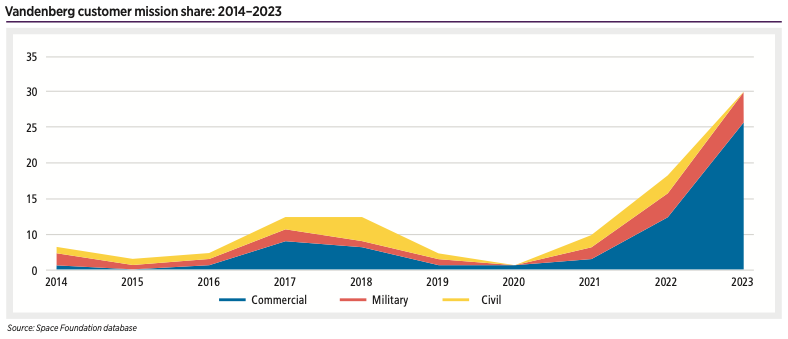
No single mission segment dominated the base’s launches until 2022, when 10 of 16 Vandenberg launches delivered commercial payloads to space.
NASA share of U.S. federal budget, 1959-2025
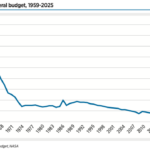
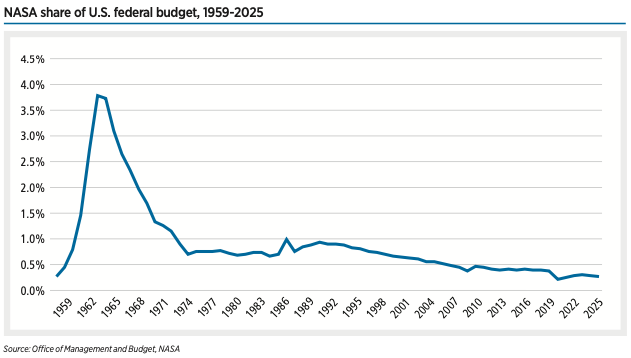
The overall Pentagon budget proposal for 2025 is $850 billion, $8 billion more than its 2024 request.
Vandenberg customer mission share 2014–2023
SNAPSHOT: New launch vehicles
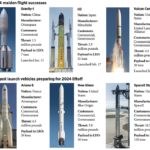
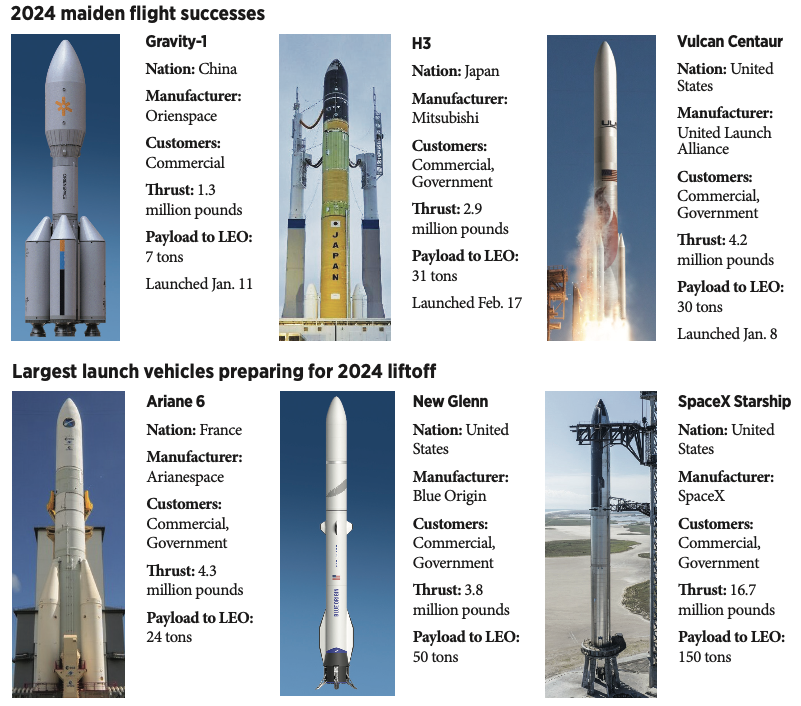
The launches included successful maiden flights for three new launch vehicles. With a dozen more new launch vehicles expected to debut, 2024 appears poised to be a game-changing year in orbital flight.